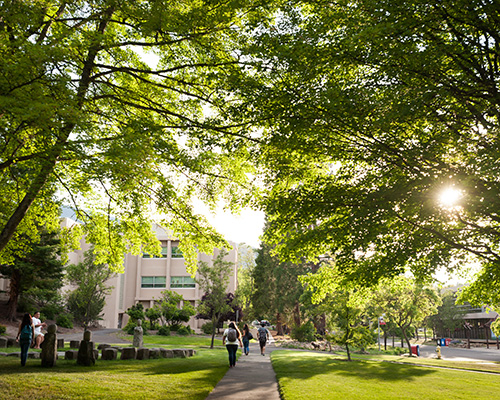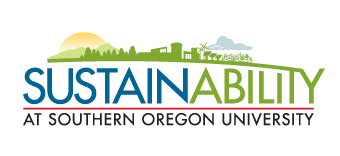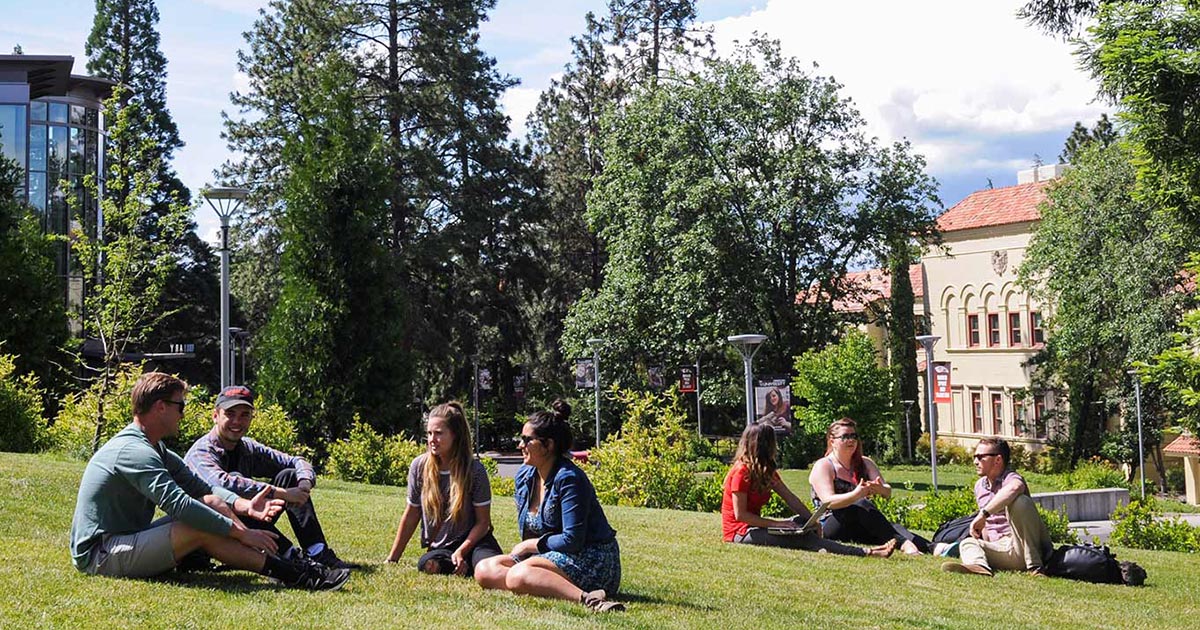Southern Oregon University Surplus Program Case study
We have been looking into the US surplus sector to get an insight into how the US deal with the reuse of their surplus assets. In doing so we have spoken to many surplus managers... as we were talking to so many we thought..
"It is no use us getting all this great info. Let's make case studies so we can share our learnings"
...and so here is another interview/ case study!
In this case study we interview Iain Graalum, the the Campus Mail Services Supervisor for Southern Oregon University to find out how their system works and see what advice we can glean from him.
To be clear Southern Oregon University are not Warp It customers.
Iain was so generous with his time and expertise. Thankyou so much Iain!
Southern Oregon University was founded in 1926, but began its existence back in 1872 as Ashland Academy. In 1956 changed its name to Southern Oregon College (SOC) to reflect the institute's diverse degree options, and in 1975 was renamed Southern Oregon State College (SOSC). It was only in 1997 when SOSC officially became Southern Oregon University.

Currently it’s a public liberal arts college located in Ashland, Oregon that offers programs in business, economics, criminology, natural sciences, including environmental science, Shakespearean studies and theatre arts programs. It consists of the College of Arts and Sciences, the School of Business, and the School of Education which welcome around 9,000 full-time students and 800 staff members.
Iain Graalum is the Campus Mail Services Supervisor for the Southern Oregon University and supervises all surplus property activities. His responsibilities include locating the items on campus, what department used them, getting pictures and getting as much information as possible about the items to determine their value. All items are uploaded to GovDeals.com where they are put up for auction for 10 to 14 days. After that, the highest bidder can come on campus to complete the paperwork and collect the item.
All items follow the same rules, and they are all uploaded on GovDeals.com. Iain said: “Because we are a non-profit government organisation we can't just turn it over to an individual, it has to be open to the general public so everybody has a chance to buy it. Then that way there's no playing favorites to people. There's no buying something and then giving it to somebody at a discount.

The bids usually start off very low, because it’s not about maximising the asset value and getting the biggest revenue; instead it’s about getting something so they don’t have to pay to dispose of the item. The way the surplus system works is if someone want to dispose of an item they fill out a surplus form and send it to Iain, with their location and a brief description of the item. Then Iain contacts that individual and arrange to have it moved out of their office into a storage area where they keep the surplus items, take pictures of it and get a detailed description of the item to avoid any future calls and questions from people interested in the item.
Iain said: “It's the same rule for everything that we sell. Each item doesn't have a different set of rules that apply. The purchasing is the same. They go through the same channels to buy it, to pay for it, to pick it up. It's a consistent way of doing things.”
If an item doesn't sell on GovDeals, they look at donating it to a non-profit or a charity, or, if it's something that's not worth donating they will recycle it. The university has established relationships with some organisations in the community that have been cleared to receive donations. Last year the surplus department reported a revenue of $34,000 in sales.
Lack of information on the items is one of the things that generally takes up the most time in Iain’ day, because people tend to call and ask a lot of questions, but Iain’s solution to the problem turned out to be pretty simple. He said: “The thing that takes the most time is that if it isn't clearly described we get a lot of phone calls about an item. You'll spend half a day with people calling and asking just basic questions about it if you don't put that in the description. The more pictures we take, the better description we give, the less phone calls that we get over items.”
The second issue is the fact that they expect to window-shop and view the items, even if any damage to the item has already been described and photographed: “Since the items aren't located here that takes time to go up to the location. You know, access it, have them meet me there, have them find the location on campus is another problem.”
Currently Iain is being trained to take over the entire surplus items management and has another person working with him. In order to encourage reuse internally, the university has a system where they can list items for five days for people on campus and if they like something, they can just move it from one department to another. The items can be found in a link on the homepage, and people can access the list of items and see pictures of them.

“We're a big sustainability and what they call a green campus. We try to reuse as much as we can. The same sort of thing, reuse it and if we can't then we want to make sure it gets recycled responsibly. We don't just fill dumpsters with stuff, and we try and make sure everything does get recycled responsibility.”
Thanks so much for your time and expertise Iain!









